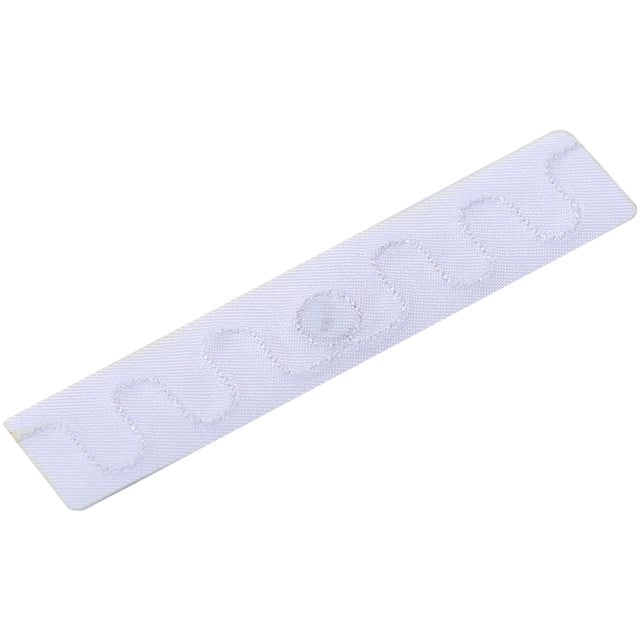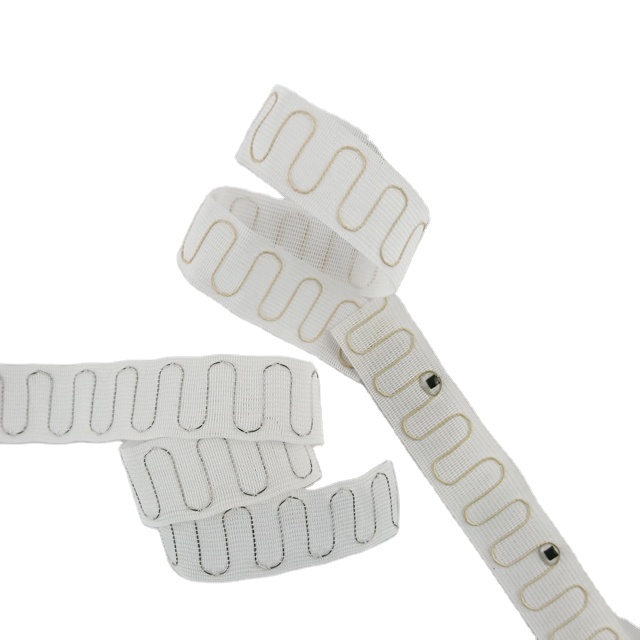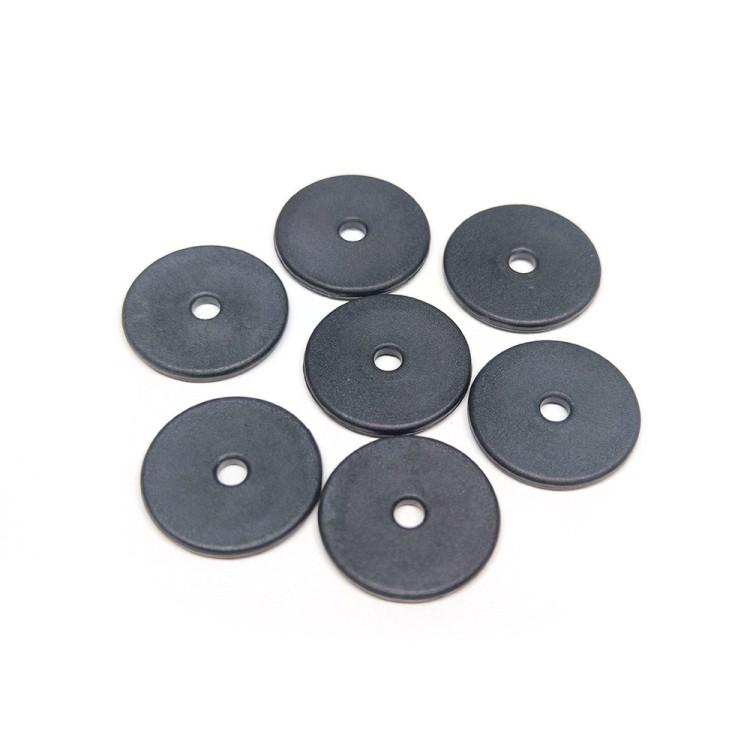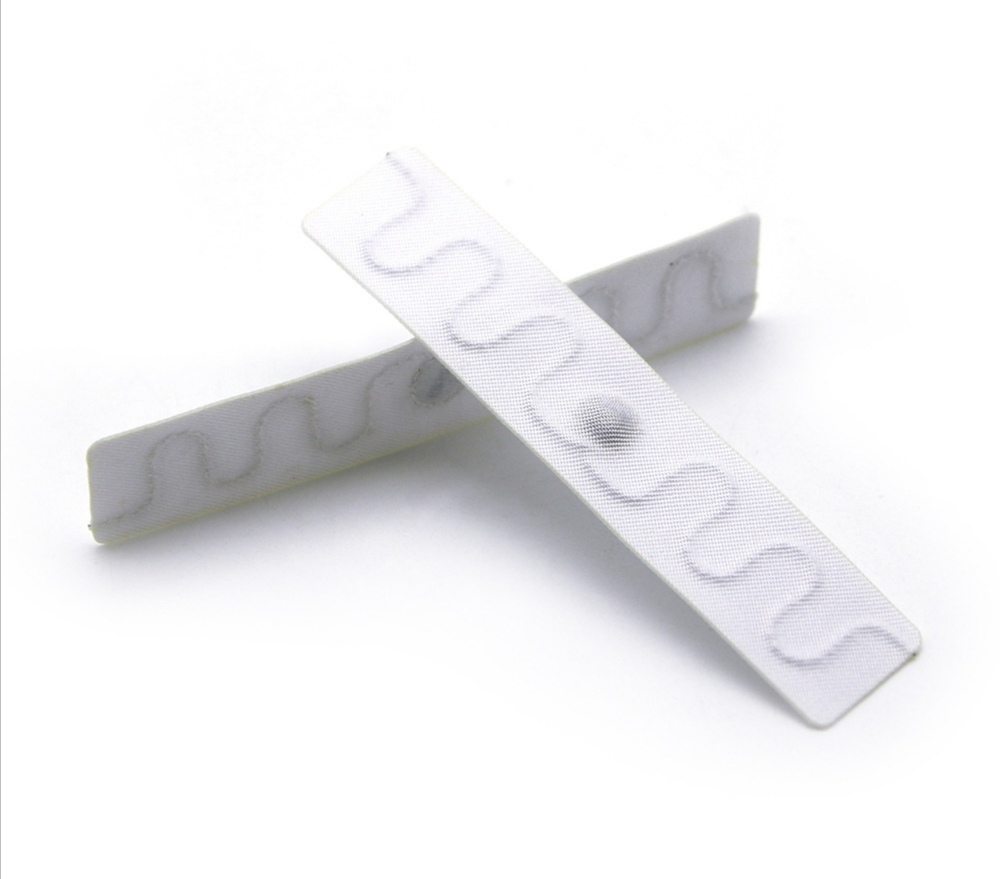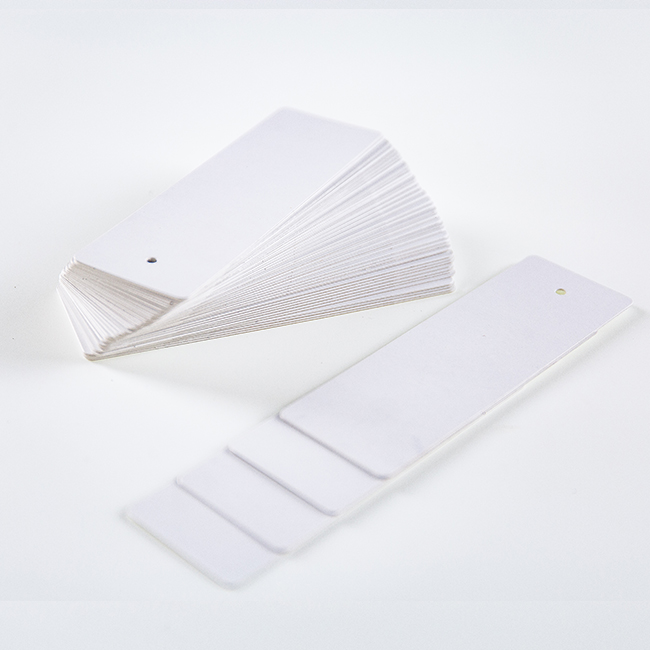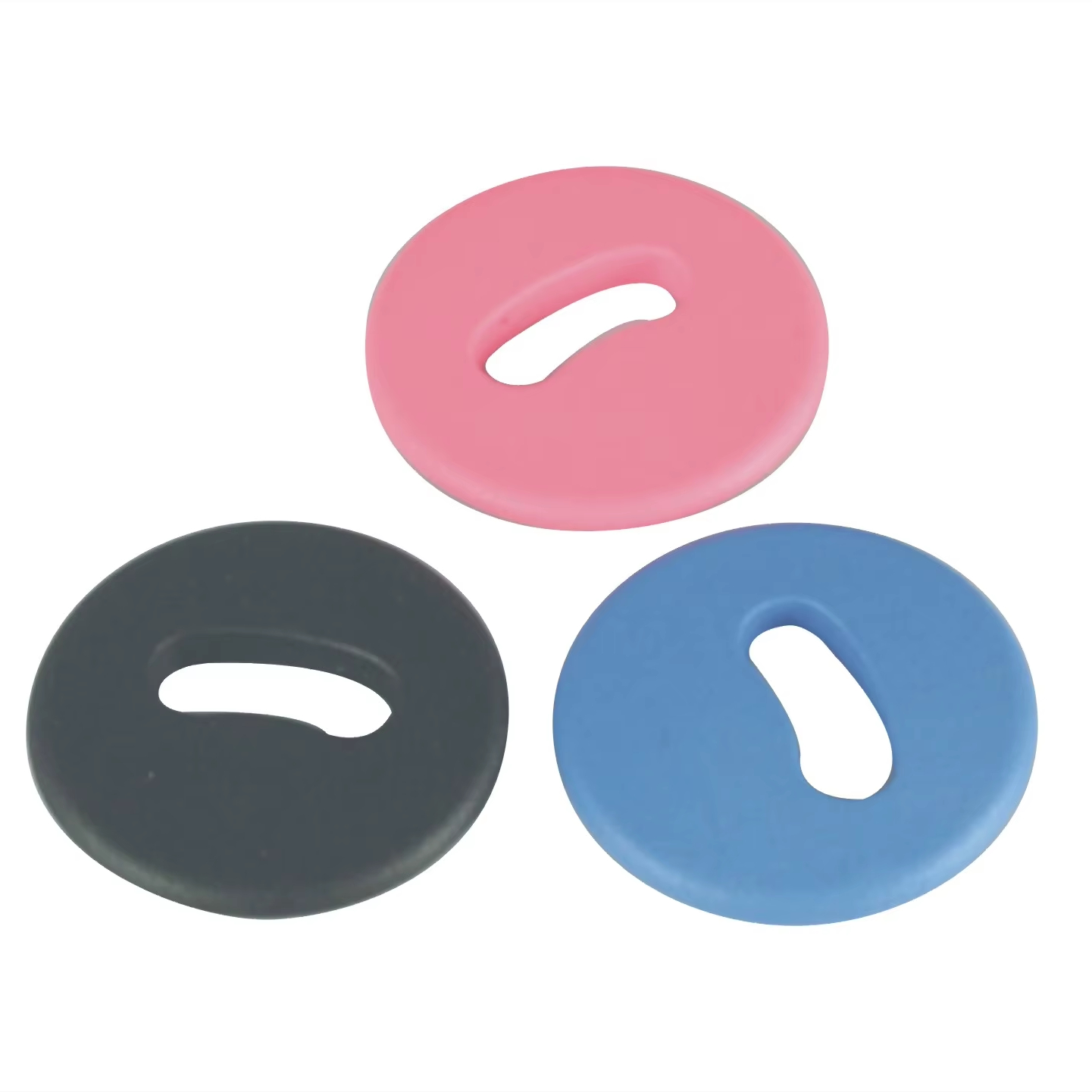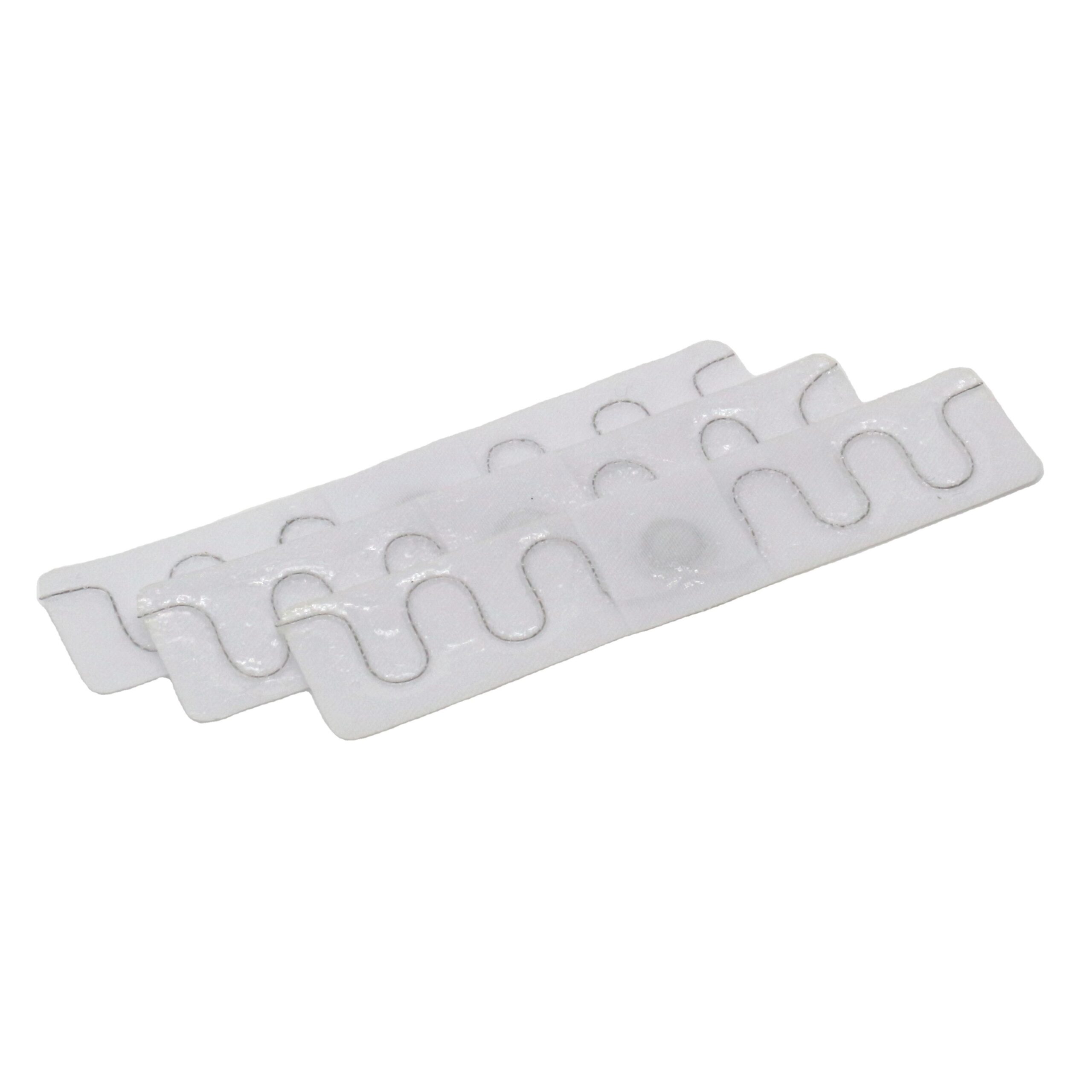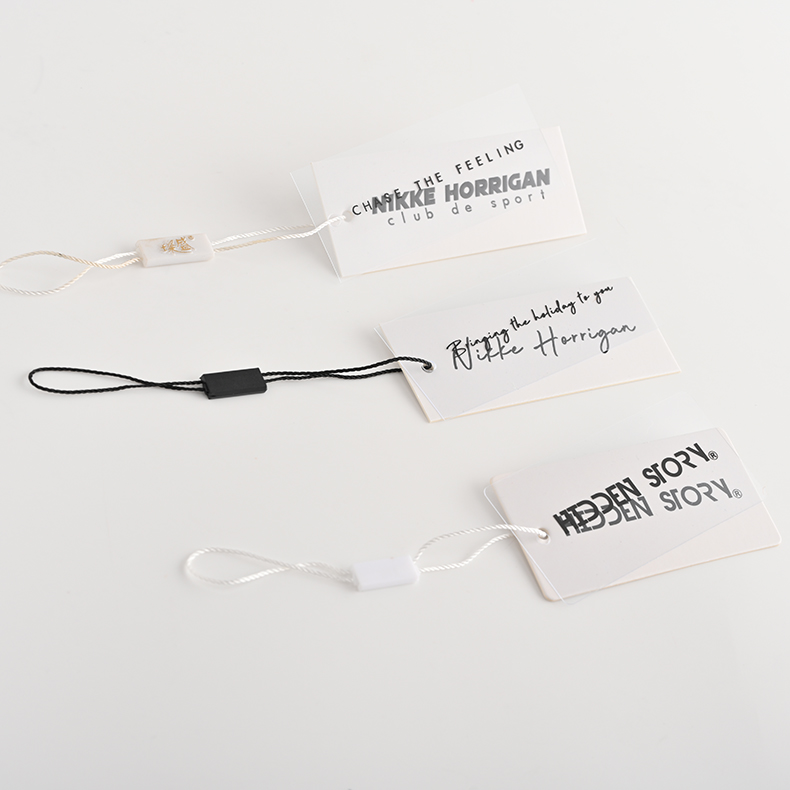Better fish management with PIT tags and RFID technology
In fishery management, aquaculture and animal protection, scientists are increasingly using a small device called a PIT tag. It is actually a very small “ID card” about the size of a grain of rice that can be implanted in the body of a fish to help us track the fish’s life – from birth, growth, migration to reproduction.
What is a PIT tag?
PIT, the full name is “Passive Integrated Transponder”. It is a micro tag based on RFID (radio frequency identification) technology. It does not require batteries or power. It can “wake up” by the wireless signal sent by the reader and transmit its ID number.
This tag is very durable and can follow the fish for a lifetime without breaking, and will not affect the fish’s daily behavior such as swimming and foraging. It complies with ISO11784/11785 international standards, is only 2.12×12mm in size, is safe, non-toxic, and does not hurt fish.
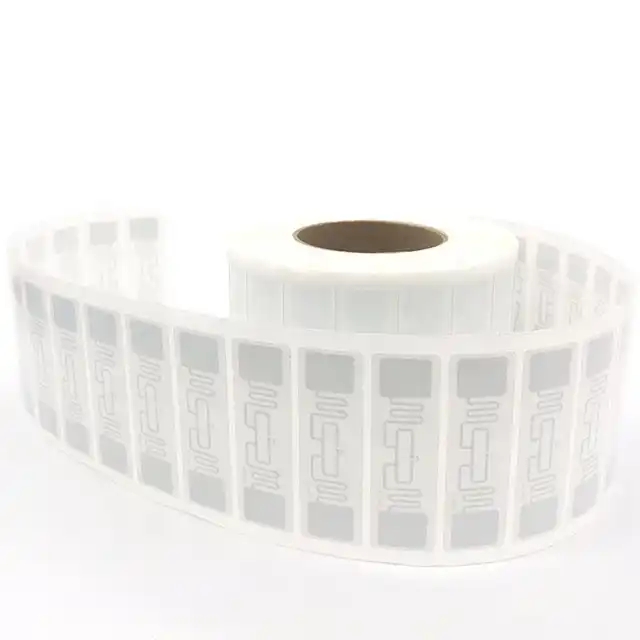
How does it work?
Each PIT tag has a unique number, which is equivalent to an “ID card number”. When a fish swims past a special “checkpoint”, the PIT reader (like a scanner) can identify the number and automatically store the data.
This type of reader usually has USB or Bluetooth function, and can also be connected to a computer or mobile phone. The screen is OLED, which is clear to see and can store up to 20,000 data, which is very convenient.
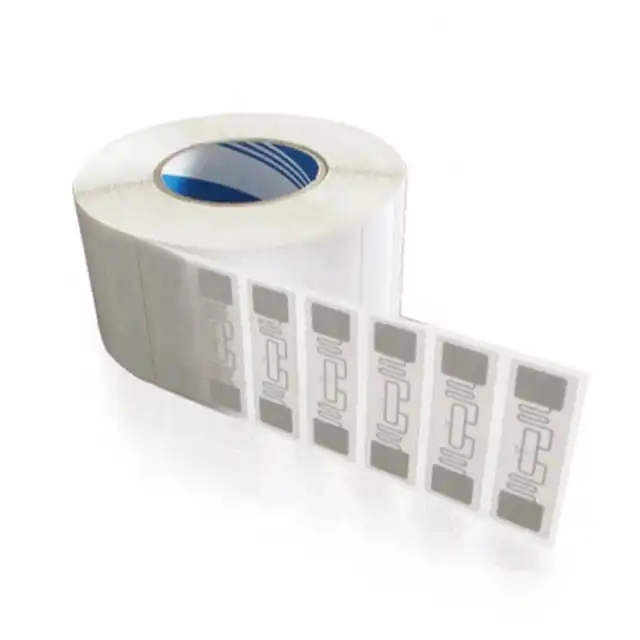
Why are PIT tags so important in fisheries?
1. You can know where the fish is without catching them
In the past, if you wanted to know where the fish was, you had to catch them repeatedly to check. But with PIT tags, as long as the fish passes by the reader, we can know its location and status, which saves effort and does not hurt the fish.
2. See where the fish travels
Fish sometimes migrate – swimming from one place to another to spawn or forage. PIT tags can help us draw the “fish travel route” and facilitate the study of their living habits.3. Distinguish which fish are “wild” and which are “released”
In many conservation projects, people put PIT tags on farmed fish. When they are released back into the sea, if they are read again, they will know that it is a released fish, not wild-bred.4. Track the life of the fish
From birth to adulthood and then to death, PIT tags can record data at every stage of the fish, such as weight, length, whether it has reproduced, etc., so that managers can formulate better conservation strategies.

